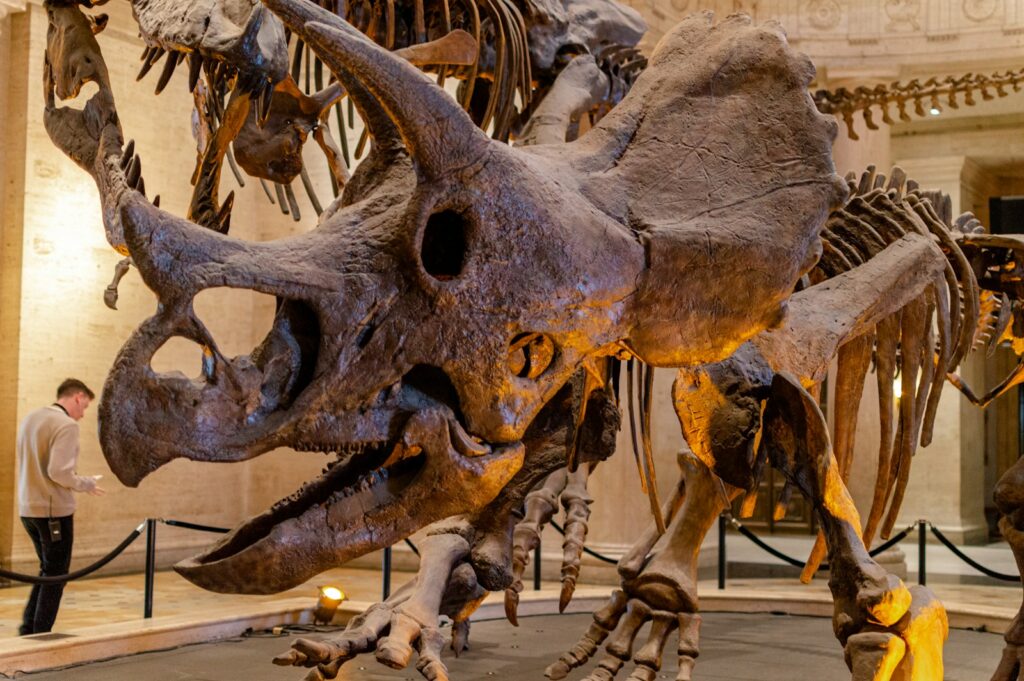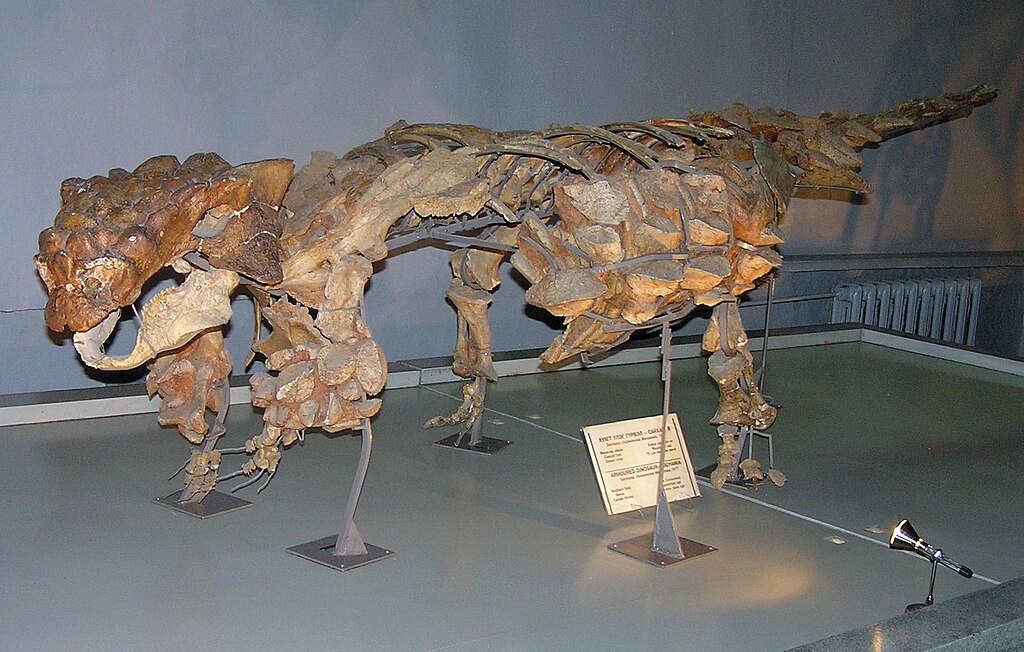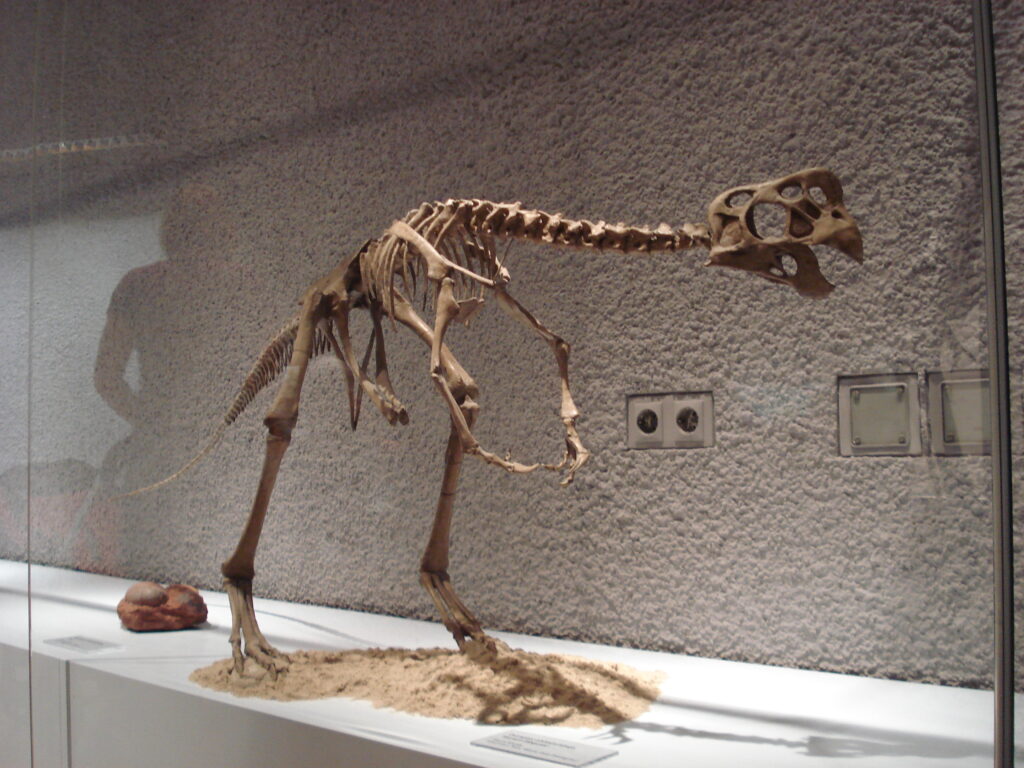Paleontology sits at a fascinating intersection of science, commerce, and heritage preservation. While dinosaur bones and ancient remains captivate public imagination and fetch millions at auctions, a significant portion of the scientific community deliberately avoids researching privately held specimens. This principled stance, though sometimes controversial, stems from deep ethical, scientific, and practical concerns. This article explores the complex reasons why many scientists draw a line at studying fossils outside public institutions, despite the potential knowledge these specimens might hold.
The Public Trust Principle in Science

For many paleontologists, fossils represent irreplaceable scientific data that belongs to humanity’s collective knowledge bank rather than to individuals. This perspective frames fossils as part of our shared natural heritage, similar to how historical artifacts might be viewed as cultural patrimony. Scientific institutions typically maintain that these invaluable windows into prehistoric life should remain permanently accessible to researchers for verification, reanalysis, and new testing methods that may develop decades or even centuries later. When specimens disappear into private collections, they effectively vanish from the scientific record, potentially forever. This perspective has been formalized in codes of ethics adopted by organizations like the Society of Vertebrate Paleontology, which explicitly discourages research on privately held specimens that lack guarantees of permanent public access.
The Reproducibility Crisis

Science fundamentally depends on reproducibility and verification. When specimens enter private hands, other scientists lose the ability to independently verify claims made about them, creating a significant scientific liability. A fossil that cannot be re-examined by other experts essentially asks the scientific community to accept findings on faith alone, which contradicts the methodological foundations of science. The inability to reanalyze private specimens becomes particularly problematic when new technologies emerge that could extract additional information from the same material. For example, techniques like CT scanning, isotope analysis, and ancient DNA sampling have revolutionized paleontology in recent decades, but cannot be applied to specimens that have disappeared from scientific access. This undermines one of science’s core strengths: the ability to revisit evidence with new tools and perspectives.
The Legal and Ethical Gray Areas

The fossil market operates within murky legal and ethical territory that makes many scientists uncomfortable. While some fossil sales are perfectly legal, others involve specimens that may have been collected illegally, smuggled across international borders, or removed from lands without proper permissions. Scientists who study these specimens risk legitimizing potentially unethical collecting practices. The provenance of privately owned fossils is often difficult to verify completely, placing researchers in the position of potentially endorsing or supporting illegal activities. Many important fossil-producing countries, including Mongolia, China, and Brazil, have strict laws prohibiting the export of fossils found within their borders. Working with specimens that may have violated these laws could jeopardize international scientific collaborations and even expose researchers to legal liability.
Contextual Information Loss

Commercial fossil collectors typically prioritize extracting marketable specimens quickly rather than documenting crucial scientific context. In paleontology, where and how a fossil was found provides essential information about its age, environment, and relationship to other organisms. Commercial excavations frequently neglect to record precise location data, stratigraphic position, associated fossils, and other contextual details that give specimens their full scientific significance. Without this information, even the most spectacular fossil loses much of its scientific value. Responsible scientific excavations meticulously document these details, producing field notes, photographs, maps, and other records that become part of the permanent scientific record. The loss of context in commercially collected specimens means that even when scientists can access them, these fossils often cannot contribute as meaningfully to scientific understanding as properly collected specimens.
The Commercial Incentive Problem

Studying privately owned fossils can inadvertently drive up their commercial value, creating a problematic incentive structure. When scientists publish research on privately held specimens, especially if they describe new species or make significant discoveries, the market value of those specimens frequently increases substantially. This financial incentivization can encourage more commercial collecting, potentially accelerating the flow of scientifically valuable specimens into private hands. The relationship between scientific attention and commercial value creates an uncomfortable dynamic where researchers may indirectly contribute to practices they fundamentally oppose. Some scientists argue that this represents a conflict of interest that compromises their intellectual independence and scientific objectivity. By refusing to study privately held fossils, they aim to avoid participating in a system that commodifies scientific heritage.
Concern About Specimen Preparation Standards

Commercial fossil preparation often prioritizes aesthetic appeal over scientific integrity, potentially compromising valuable data. Unlike museum preparators who focus on preserving scientific information, commercial operators may enhance specimens to increase their visual impact and market value. This can involve adding material from other specimens, reconstructing missing parts without clear documentation, or using techniques that permanently alter the original material. These modifications can significantly distort scientific understanding of the organism. Researchers have encountered commercially prepared specimens with bones from multiple individuals combined into a single “perfect” skeleton, fossil surfaces modified with paint or fillers, or delicate structures damaged during hasty extraction. When scientists cannot verify how a specimen was prepared or what alterations it may have undergone, they cannot confidently base their research on it.
The Repatriation and Sovereignty Issues

Many privately owned fossils, particularly those of high commercial value, originated in countries with limited resources to protect their fossil heritage from exploitation. Indigenous communities and developing nations increasingly assert their rights to control their natural heritage, viewing the extraction of fossils for private profit as a form of modern colonialism. Scientists who study specimens that have been removed from their countries of origin without proper permissions risk alienating local communities and governments whose cooperation is essential for future research. The growing movement for the repatriation of cultural and natural heritage has made this issue increasingly sensitive. Countries like Mongolia have successfully pursued the return of commercially traded fossils, demonstrating a strengthening international consensus against treating fossils as mere commodities. Researchers who respect these sovereignty claims build better relationships with host countries, ultimately facilitating more productive international scientific collaboration.
The Publication Barrier

Many scientific journals now refuse to publish research based on privately owned specimens, creating practical barriers for scientists who might otherwise study them. This editorial policy, adopted by influential publications like Nature, Science, and the Journal of Vertebrate Paleontology, reflects the scientific community’s growing consensus about the importance of permanent public access. For researchers, publishing findings in peer-reviewed journals represents the culmination of their work and is essential for career advancement. When major journals explicitly reject studies based on privately held fossils, the professional incentives discourage such research. Even scientists who might personally be willing to study privately owned specimens face the practical reality that their work might never be accepted for publication. This publication barrier effectively enforces community standards about appropriate research materials.
The “Tainted Data” Concern

Information derived from privately owned fossils can contaminate the scientific literature with unverifiable claims that persist long after the specimens become inaccessible. Once published, scientific claims enter the literature and may be cited and repeated by other researchers who cannot independently verify the original observations. This creates a troubling situation where scientific understanding might be built upon foundations that cannot be checked or corrected. The history of paleontology includes cautionary examples where important theories were based on specimens that later proved problematic or fraudulent. For instance, the infamous “Piltdown Man” hoax misled anthropology for decades before the specimens could be reexamined with new techniques that revealed the fraud. Scientists who refuse to study private fossils often cite this concern about data integrity and the long-term reliability of the scientific record.
Institutional Policy Constraints

Many universities, museums, and research institutions have formal policies prohibiting their affiliated scientists from studying privately owned fossils. These institutional restrictions reflect both ethical considerations and practical concerns about legal liability. Museums in particular have increasingly adopted strict policies about engaging with private collections, often driven by concerns about potential complicity in illicit trade or ethical breaches. Scientists employed by these institutions must abide by these policies regardless of their personal views. Institutional policies may prohibit not only research on private fossils but also related activities like authenticating specimens for commercial purposes or providing appraisals. These constraints shape scientific practice by creating formal boundaries around acceptable research materials. Even researchers who might personally see value in studying private specimens often respect these institutional boundaries to maintain their professional standing and employment.
The Competing Values Perspective

The debate about studying privately owned fossils ultimately reflects competing values within the scientific community about knowledge acquisition versus ethical principles. Some researchers argue that the primary obligation of scientists is to advance knowledge wherever possible, suggesting that important specimens should be studied regardless of their ownership status. They contend that refusing to study significant fossils in private hands essentially abandons them from scientific consideration. Others maintain that scientific progress cannot be separated from its ethical context and that compromising on principles of public access and legal collecting ultimately undermines science’s long-term interests. This philosophical tension plays out differently across disciplines, with some fields like archaeology having developed stronger consensuses against private artifacts than others. Individual scientists must navigate these competing values according to their personal ethical frameworks and professional contexts.
Notable Exceptions and Pragmatic Approaches

Despite principled objections, some scientists have developed pragmatic approaches to working with private collections under specific circumstances. Some researchers will study privately owned fossils if owners provide written guarantees that specimens will eventually be donated to public institutions. Others focus on documenting important private specimens before they potentially disappear from scientific access, creating a record, even if imperfect. In cases of exceptional scientific importance, such as the discovery of transitional forms or previously unknown species, some scientists make calculated exceptions to their usual practices. Digital technology has also created new possibilities, with high-resolution 3D scans sometimes accepted as adequate scientific documentation even when physical specimens remain in private hands. These pragmatic approaches reflect the complex reality that scientists face when balancing competing values of knowledge advancement and ethical principles.
The Future of Fossil Research Ethics

The ethical landscape surrounding fossil research continues to evolve, with growing international consensus about the importance of public access and legal collecting. Countries with significant fossil resources are increasingly developing their scientific capacity and strengthening legal protections for their natural heritage. Digital repositories and virtual specimens are creating new possibilities for documentation and access that may address some concerns about private collections. The scientific community continues to refine its ethical guidelines and institutional policies in response to these changing circumstances. Public awareness about fossil trafficking and the scientific importance of proper collection methods has increased, partly due to scientists’ advocacy for responsible practices. While tensions between commercial and scientific interests in fossils will likely persist, the trend toward stronger protections for scientific access suggests that the principled stance against studying private fossils will continue to gain support.
Conclusion

The decision by many scientists to refuse studying privately owned fossils reflects more than mere academic principle—it represents a commitment to scientific integrity, ethical practice, and long-term knowledge preservation. By insisting that fossil specimens remain in the public domain, these researchers prioritize the collective scientific enterprise over individual discovery opportunities. While this stance sometimes means passing up chances to study remarkable specimens, it strengthens paleontology’s foundations as a discipline accountable to verifiable evidence and ethical standards. As discussions about natural heritage, indigenous rights, and scientific responsibility continue to evolve, the scientific community’s approach to private fossils will likely remain a dynamic reflection of these broader social values.




